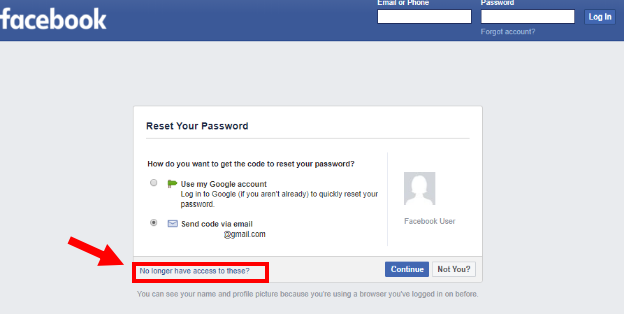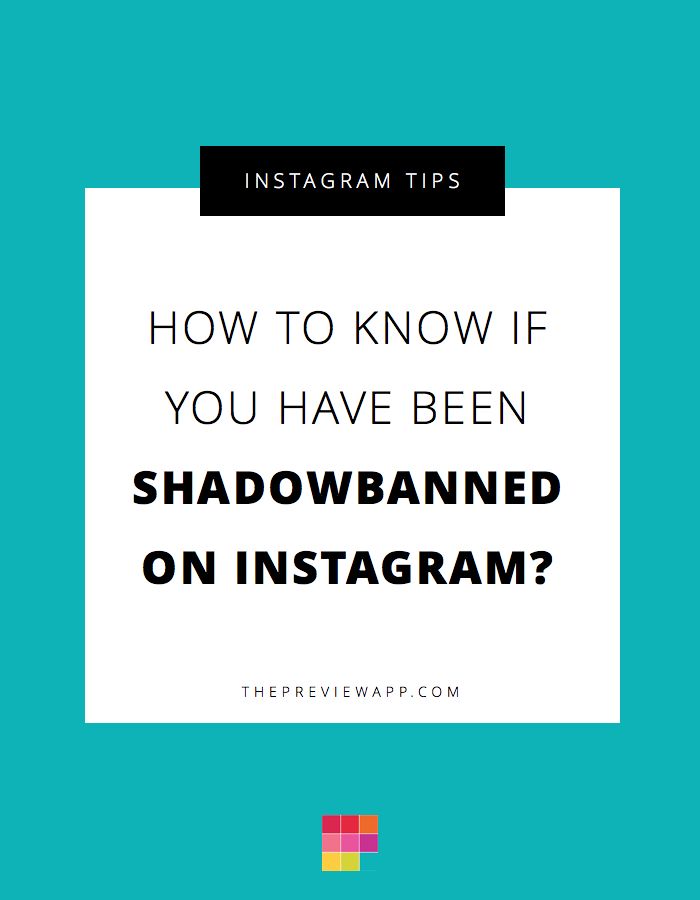How to create a private instagram story
How to make your Instagram stories private
It’s no secret that when we’re bored, many of us turn to Instagram as our main source of entertainment. But, what if you don’t want everyone knowing what you’ve been doing? Luckily, we’re here to tell you how to make your Instagram stories private.
There’s no way to lock down your stories without locking your entire account, but you can narrow down which of your followers can see them. We’ve listed the best ways to make your Instagram stories a little more private.
It’s important to note that hiding your story from a user won’t stop them from seeing your profile or your posts. If you don’t want an account seeing any of your content, your best bet is always to block them.
Your account privacy settings will also affect who can view your story. If your account is set to private, only approved followers will see your story. If your account is public, anyone will be able to see it, which is all the more reason to patrol it (and kick out any ex-boyfriends, distant family members and Rebekah Vardys you don’t want seeing what you’re up to in lockdown).
Related: How to mute someone on Instagram without unfollowing them
There are two ways to stop your Instagram story from appearing on certain followers’ feeds – through Settings and through the story itself.
How to make your Instagram stories private:
- Open Instagram
- Go to your profile
- Tap the hamburger icon in the top right corner
- Tap ‘Settings’
- Choose ‘Privacy’
- Tap ‘Story’
- Tap ‘Hide story from’
- Select any users you’d like to hide your story from
- Tap ‘Done’ if you’re using an iOS device or the tick if you’re on Android
Another option is to make your stories private directly from the story feature. If you’ve spotted someone you don’t want viewing your story, you can block them from seeing your next one without leaving that page.
How to make your Instagram stories private from your story:
- Tap on your story
- Swipe up to see which accounts have viewed your story
- Tap the three dots next to the user you don’t want lurking anymore
- Tap ‘Hide story from [username]’ to prevent them from seeing future stories
You can also prevent your story from appearing on any location or hashtag pages – here’s how.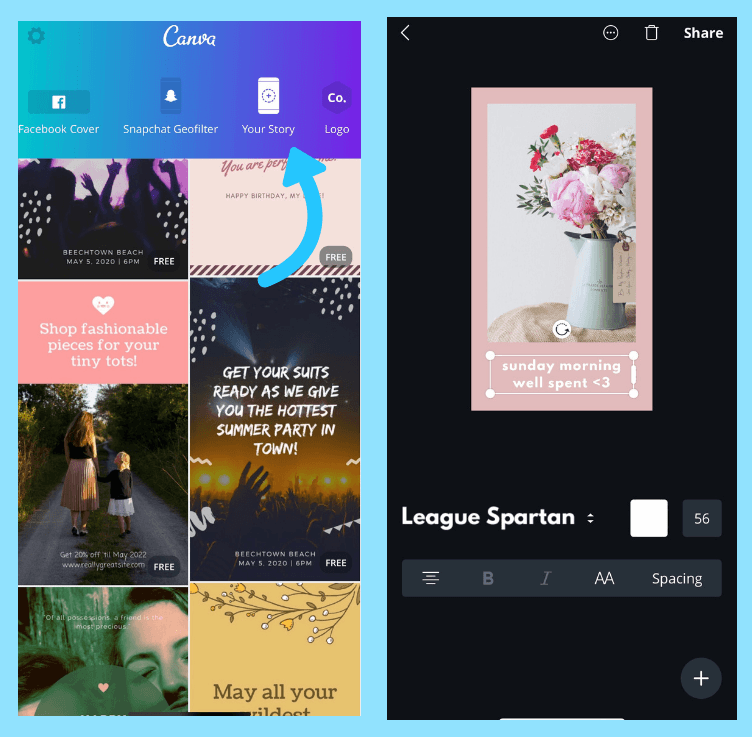
Related: How to delete an Instagram account permanently
How to hide your Instagram story from a location or hashtag page:
- Tap on your story
- Swipe up to see which accounts have viewed your story
- Any locations or hashtags you’re featured in should be listed at the top – tap X to remove your story from them
Another option is to create a Close Friends story. This feature allows you to reserve some content for a select few, while the rest of the world continues to enjoy your main story. Don’t worry – they won’t be notified if you take them off this list in the future.
How to create a Close Friends story:
- Open Instagram
- Go to your profile
- Tap the hamburger icon in the top right corner
- Tap ‘Settings’
- Choose ‘Privacy’
- Tap ‘Story’
- Tap ‘Close Friends’ and select ‘Get Started’
- Tap ‘Add’ next to anyone you want on your close friends list
Hannah joined Trusted Reviews as a staff writer in 2019 after graduating with a degree in English from Royal Holloway, University of London.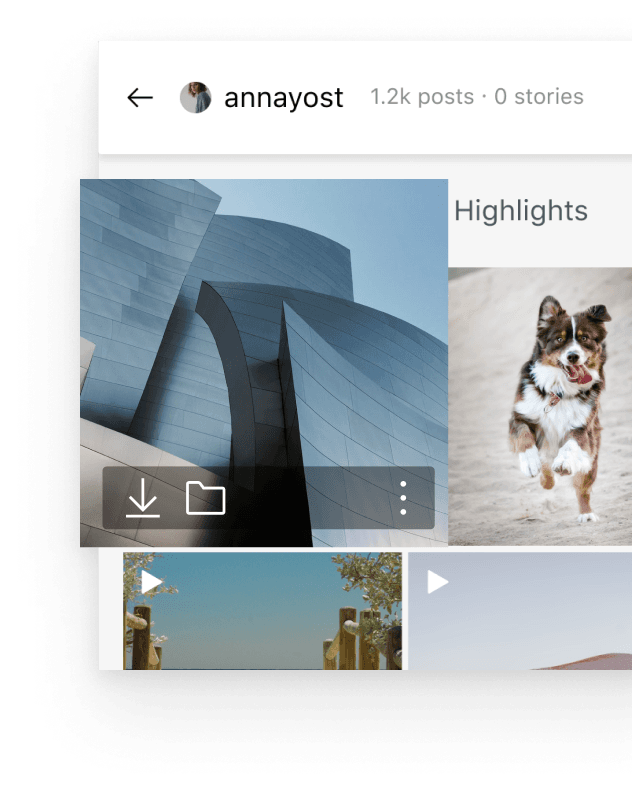 She’s also worked and studied in the US, holding positions …
She’s also worked and studied in the US, holding positions …
Why trust our journalism?
Founded in 2004, Trusted Reviews exists to give our readers thorough, unbiased and independent advice on what to buy.
Today, we have millions of users a month from around the world, and assess more than 1,000 products a year.
Editorial independence
Editorial independence means being able to give an unbiased verdict about a product or company, with the avoidance of conflicts of interest. To ensure this is possible, every member of the editorial staff follows a clear code of conduct.
Professional conduct
We also expect our journalists to follow clear ethical standards in their work. Our staff members must strive for honesty and accuracy in everything they do. We follow the IPSO Editors’ code of practice to underpin these standards.
How To Make A Private Story On Instagram
A few years ago, Instagram inserted the Story option, following the trends on other social media apps. So, sharing stories became a prevalent feature provided by these apps. People often use it to share photos and videos here, to let their friends and followers see a specific moment captured on camera.
So, sharing stories became a prevalent feature provided by these apps. People often use it to share photos and videos here, to let their friends and followers see a specific moment captured on camera.
Sometimes, the users don’t want to share their story content with everyone, but only with the people they choose. So, how do I make a private story on Instagram? Keep reading to find out.
See also: How to unsubscribe from Instagram emails.
Stories on Instagram
To create a story on Instagram, you need to open the app on your phone and find the Plus sign in the upper right corner of your screen. Click on it and you will have some options. Choose Story, and the camera opens.
You can take a photo by tapping the circle in the middle of the screen close to the lower edge. If you swipe to the right or left, you will see the circles, including some filters and effects that Instagram provides.
If you want to use the filter on your story, click the one you like and then take a photo or video.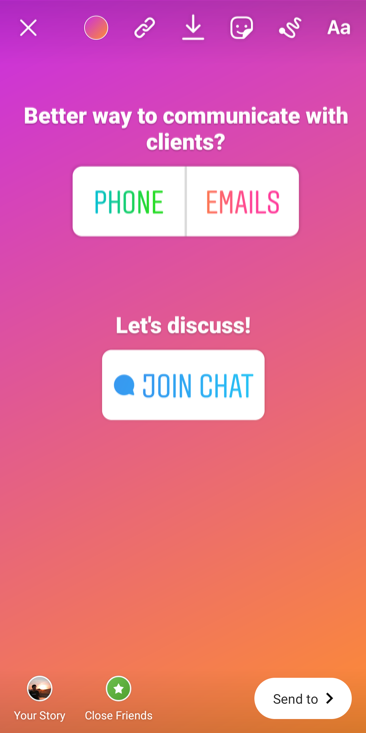 After doing so, you will see a preview of the content and a blue at the lower right corner of your screen, the Send button.
After doing so, you will see a preview of the content and a blue at the lower right corner of your screen, the Send button.
When you click on it, you will be led to a new page and asked where you want to share the content. The options will be listed, so you can choose if you want to share the content on your story or only with your closest friends, or you can select a person on the list of followers to share the content with.
Privacy of Instagram stories
Depending on how you set up the privacy of your account on Instagram, your followers can see the story you shared. If your account is private, you have to confirm the request from someone who wants to follow you, and if your account is public, anyone can access your profile and see your stories. But here is the catch.
Instagram allows you to share your story only with people you mark as your close friends. This way, you can make a private story. So, you can share the content you want on the story and choose who you want to see. The procedure is relatively easy, and we will explain it now.
The procedure is relatively easy, and we will explain it now.
Process of making a private story on Instagram
Before you create and share a story on Instagram:
- Check if your app is updated.
- If you are sure you have the latest app version, go to the home page on Instagram.
- Swipe to the left or click on the story row in the upper left corner of the screen.
Both actions will open the camera to make a video or take a photo you want to share in the story. You can also choose between filters or add some elements Instagram provides.
Once you have the content set and ready to share, press the Send button in the lower right corner of the screen. A new screen will open, and you will notice the options to share it on a story regularly or share it with close friends. You should choose the second option presented in green color and containing the star mark.
Click the green button, and your story will only be shared with people you marked as close friends before.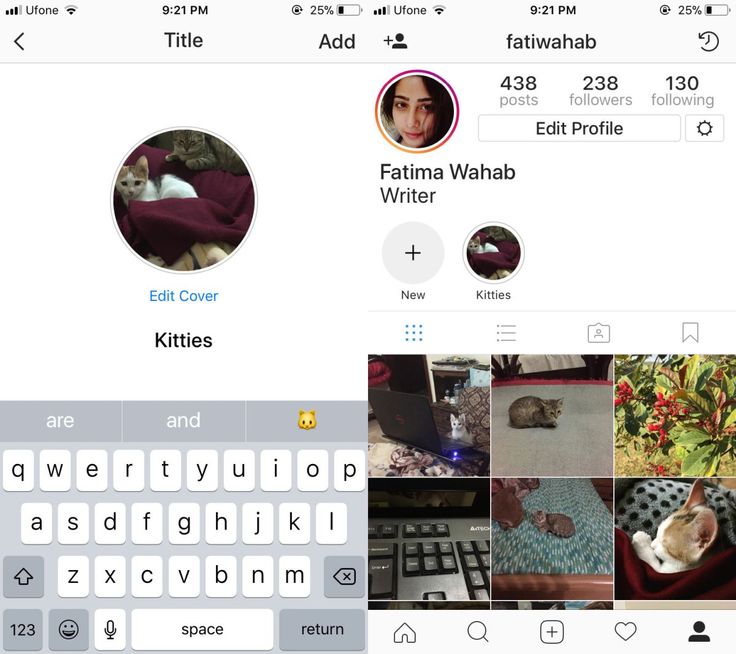 To see the list of close friends, manage it, add or remove people from the list, go to your Instagram profile, and click on the menu in the upper right corner. Find the option Close Friends, click on it, and there you will find all settings related to the list of close friends.
To see the list of close friends, manage it, add or remove people from the list, go to your Instagram profile, and click on the menu in the upper right corner. Find the option Close Friends, click on it, and there you will find all settings related to the list of close friends.
How to make your Instagram stories safer
- My Twitter story from start to finish…
- How Microsoft builds the Xbox One X, the most powerful gaming console in the world (+video)
- Why I returned my Macbook Pro after a day of use and what I understood about the future of Apple
- How YouTube changed itself and the lives of its users with the help of Google Brain
- Xbox One vs PS4: The most detailed comparison of the two platforms
- LG G6: a big test - a review
- IT—dedicated to journalists .
 ..
..
from:
06-10-2021 20:28
|
section:
Soft / Apps
Is your Instagram account closed to others? If so, then you're fine and don't worry too much. However, if your content is public, you should take a closer look at your Stories privacy settings.
Instagram Stories is one of the most fun features of this social network. Stories is the perfect place to share visual snippets of your life and work, driving followers to your content - from photos and videos to songs you like and personal polls. But have you ever thought about the safety of your stories and who exactly can see them and share them with others? nine0005
But have you ever thought about the safety of your stories and who exactly can see them and share them with others? nine0005
Recently, while scrolling through one of my own Instagram stories and scrolling through a long list of friends, co-workers and family members who were viewing it, I noticed a few completely unfamiliar names and a few spam accounts making the list. I had a panic attack and a series of questions popped into my head. Who were these people? How did they find my profile? Who sent them my story? How long have random people peeked into my life from behind the scenes?
In a way, my Instagram account is public and I have 580 followers. It's not that much, but it's still much more than the number of friends, colleagues, and family members that I consider close. I have contacts from high school and college who "follow" me, former colleagues, people I've never met who follow me after reading one of my articles, and a number of other casual acquaintances. I have no problem with any of these people seeing the content I share on my Instagram feed, but the thought of strangers seeing the personal, random, often silly, sometimes vulnerable content I post on Stories, makes me feel uncomfortable and completely insecure.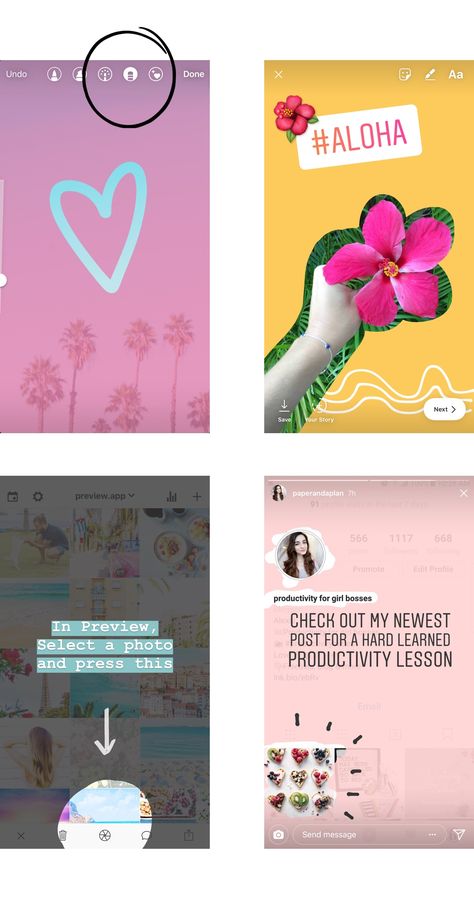 Looking for a solution, I clicked on the three lines in the top right corner of my Instagram profile, explored the platform settings tab, went to the Privacy section, and selected Story. There, I found some easy-to-implement ways to make my Instagram stories more secure. If you're a Stories fan like me who didn't pay much attention to Instagram's privacy settings in the past, here are six security steps you should take. nine0005
Looking for a solution, I clicked on the three lines in the top right corner of my Instagram profile, explored the platform settings tab, went to the Privacy section, and selected Story. There, I found some easy-to-implement ways to make my Instagram stories more secure. If you're a Stories fan like me who didn't pay much attention to Instagram's privacy settings in the past, here are six security steps you should take. nine0005
1. Create a list of close friends
After realizing that there were several strange accounts viewing my Stories, I began to individually block users unknown to me. For a while, I even stopped posting public stories and started relying on Instagram's "Close Friends" feature, the only way to post stories that really makes me feel safe.
When people think about protecting their Instagram Stories, the first thing that comes to mind is creating a list of close friends. For those who don't know or just haven't tried it yet, Instagram launched the Close Friends feature back in 2018. "Close Friends" gives users the ability to create a list of trusted followers with whom they can share their stories privately, rather than for all followers. nine0005
"Close Friends" gives users the ability to create a list of trusted followers with whom they can share their stories privately, rather than for all followers. nine0005
To create or edit a close friends list:
- Click the three lines in the top right corner of your Instagram profile.
- Select Close Friends.
There you can view a list of all your subscribers (or search for specific people by name) and choose which users to add.
No one you add or remove from your list will be notified, and no one but you will be able to see your close friends list. If someone is granted permission to view your Close Friends content, they will know about it thanks to the little green tag that appears in the top right corner of Close Friends Stories. nine0005
2. Block certain users from seeing your Stories
Although the Close Friends feature is quite popular among users, a lesser known precaution worth using is to hide your Instagram stories from certain followers.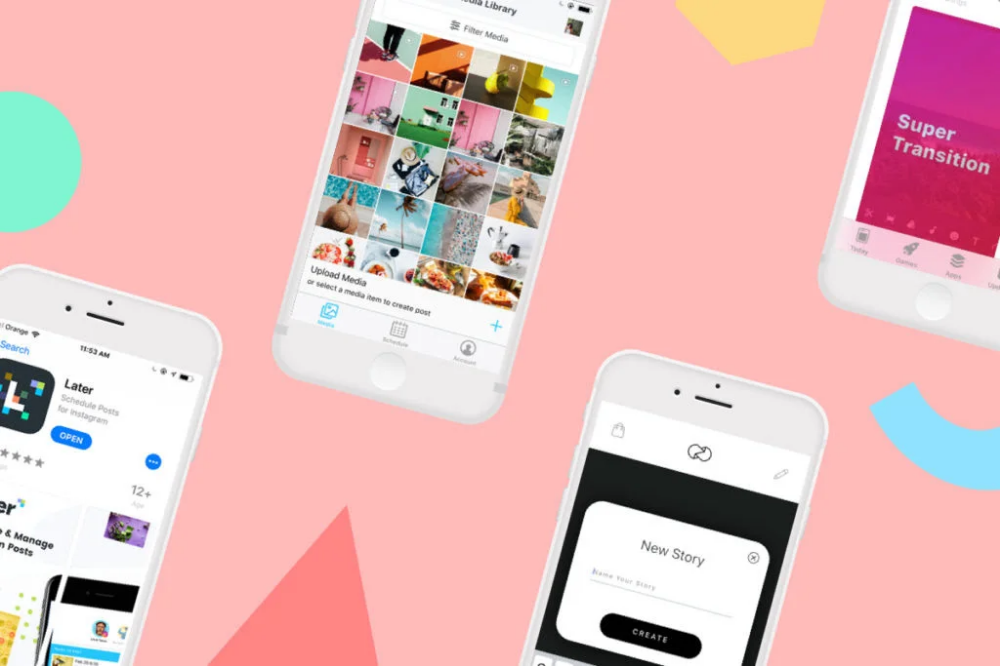
If your account is public, you will probably be surprised by the sheer number of random users who have followed you over the years without your knowledge. While reviewing my list of followers recently, I learned that a number of local businesses, some random but influential individuals, and even a few with whom I'm just not comfortable sharing my personal details of life can see any of the public stories I've posted. nine0005
Realizing this bothered me a lot, so one day I took a few minutes, went to Settings > Privacy > Story and clicked the "Hide story from" button. This feature gives you the ability to view a list of all your followers and manually select people you don't want to show your stories or live videos to.Like Close Friends, people on your "Hide story from" list won't get a notification that they've been blocked.They just won't see any future content that you post on Instagram unless it's uploaded to your main feed or you remove them from the list.0005
The process of hiding your story may take a little time depending on how many followers you have, but it's worth it in the end. It took me about 10 minutes to thoughtfully review my list of followers, and I ended up hiding my stories from as many as 200 people. I was really relieved when I was done with this, and it's nice to know that you always have the option to hide your stories from people in the future.
It took me about 10 minutes to thoughtfully review my list of followers, and I ended up hiding my stories from as many as 200 people. I was really relieved when I was done with this, and it's nice to know that you always have the option to hide your stories from people in the future.
3. Monitor individual Instagram stories as they are posted and consider restricting accounts
If you don't want to change your entire follower list at once, you can always monitor each individual Instagram story to find unwanted "viewers" and decide how best to proceed on a case-by-case basis.
Once you see such a user in your history, click the three dots next to their name and you will be given the option to remove them as a follower, hide their history from them, limit their account, or block them all at once. nine0005
Here's what each of these Instagram settings means:
- Account Restriction allows you to restrict user interaction without blocking or unfollowing the user. This is more useful for limiting interactions with posts because those users will still be able to see your stories. However, if they try to write something, their chat will be moved to the Message Requests section instead of your regular inbox.
This is more useful for limiting interactions with posts because those users will still be able to see your stories. However, if they try to write something, their chat will be moved to the Message Requests section instead of your regular inbox.
- As mentioned above, Hiding history means that you will prevent the user from viewing photos, videos, and live videos that you post to Stories.
- Forced removal of subscriber will force someone to unfollow you without their knowledge. With this option, there is always a chance that the person will eventually realize that they are no longer following you and may try to follow you again, so you need to be on the lookout in the future.
- User lock prevents it from finding your profile, posts, or your Stories on the platform.
If you choose to restrict or block a user, they will not be warned in any way, and just like hiding stories, you can always unrestrict if you change your mind.
4.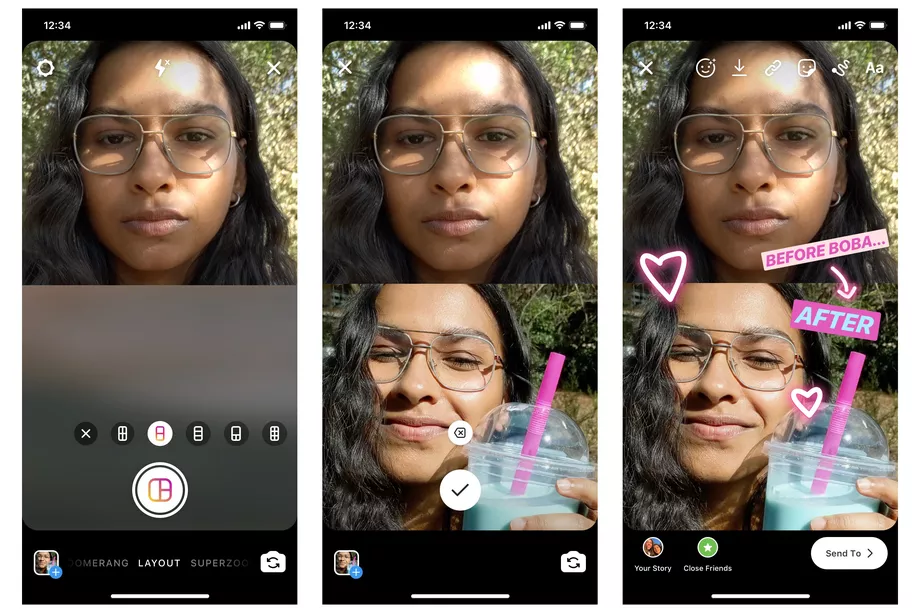 Change your "Replies and Reactions" settings
Change your "Replies and Reactions" settings
Maybe you like everyone watching your Instagram stories, but you want to prevent certain people from commenting on them. In this case, go to "Settings" > "Privacy" > "History" and find the "Allow replies and reactions" section. nine0005
Here you can select one of three reaction / response settings. You can give everyone (whether or not they follow you) the ability to reply and react to your stories, you can only allow people you follow to reply to and react to you, or you can prevent everyone from replying to or reacting to your stories .
5. Turn off the ability to share your stories on Instagram
While you're configuring the response options for your stories, why not manage sharing settings as well? One easy way to make your stories more secure is to turn off the ability to share them between followers. nine0005
By going to "Settings" > "Privacy" > "History" and then scrolling down the page, you can turn off the toggles for one or both of the following options: "Allow re-sharing stories" and "Allow posting as messages".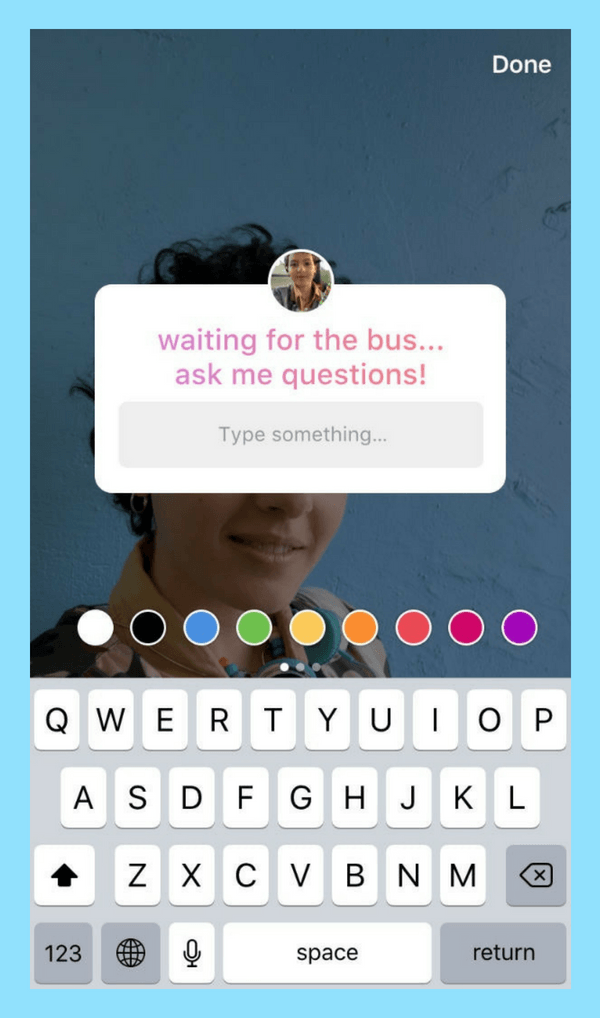
"Allow stories to be reposted" allows other people to add your posts to their stories. This means that all of their followers can see your story, your username, and easily access your account if they choose to click on your original Stories. On the other hand, "Allow sharing as messages" allows people who view your stories to share them with others, giving recipients the ability to view your story and profile. nine0005
6. Make your Instagram account private
I personally like having a public account so friends can easily share the stories they like and anyone interested in my life can learn more about me by browsing my feed . If you'd like to have a public account, but really miss any privacy settings related to Stories, then the steps above can be very helpful for you.
Well, if you're tired of fiddling with your Stories settings or want to tackle as many privacy issues as possible, you can always choose to weed out any unwanted followers and then make your entire account private to block your Stories once and for all. To fully protect your account, go to "Settings", click "Privacy" and move the toggle switch at the top that says "Personal Account". nine0005
To fully protect your account, go to "Settings", click "Privacy" and move the toggle switch at the top that says "Personal Account". nine0005
Instagram Story privacy settings ultimately come down to personal preference, but it's important to be fully aware of who can view and share your stories so you can make an informed decision and determine which security measures are right for you.
Successful (and safe) publications to all!
Nicole Gallucci
VIA
Visit our site ITquariat in Belarus for a new portion of interesting news! nine0005
And also subscribe and read the news from ITquariat before the rest in our Telegram channel!
Share this news with your friends!
Noticed an error? Select it with the mouse and press Ctrl+Enter!
More interesting stuff...
Most Popular
Check your internet speed!
What happened...
Our friends
from:
06-10-2021 20:28
|
section:
Soft / Apps
Is your Instagram account closed to others? If so, then you're fine and don't worry too much. However, if your content is public, you should take a closer look at your Stories privacy settings.
Instagram Stories is one of the most fun features of this social network. Stories is the perfect place to share visual snippets of your life and work, driving followers to your content - from photos and videos to songs you like and personal polls. But have you ever thought about the safety of your stories and who exactly can see them and share them with others? nine0005
But have you ever thought about the safety of your stories and who exactly can see them and share them with others? nine0005
Recently, while scrolling through one of my own Instagram stories and scrolling through a long list of friends, co-workers and family members who were viewing it, I noticed a few completely unfamiliar names and a few spam accounts making the list. I had a panic attack and a series of questions popped into my head. Who were these people? How did they find my profile? Who sent them my story? How long have random people peeked into my life from behind the scenes?
In a way, my Instagram account is public and I have 580 followers. It's not that much, but it's still much more than the number of friends, colleagues, and family members that I consider close. I have contacts from high school and college who "follow" me, former colleagues, people I've never met who follow me after reading one of my articles, and a number of other casual acquaintances. I have no problem with any of these people seeing the content I share on my Instagram feed, but the thought of strangers seeing the personal, random, often silly, sometimes vulnerable content I post on Stories, makes me feel uncomfortable and completely insecure.![]() Looking for a solution, I clicked on the three lines in the top right corner of my Instagram profile, explored the platform settings tab, went to the Privacy section, and selected Story. There, I found some easy-to-implement ways to make my Instagram stories more secure. If you're a Stories fan like me who didn't pay much attention to Instagram's privacy settings in the past, here are six security steps you should take. nine0005
Looking for a solution, I clicked on the three lines in the top right corner of my Instagram profile, explored the platform settings tab, went to the Privacy section, and selected Story. There, I found some easy-to-implement ways to make my Instagram stories more secure. If you're a Stories fan like me who didn't pay much attention to Instagram's privacy settings in the past, here are six security steps you should take. nine0005
1. Create a list of close friends
After realizing that there were several strange accounts viewing my Stories, I began to individually block users unknown to me. For a while, I even stopped posting public stories and started relying on Instagram's "Close Friends" feature, the only way to post stories that really makes me feel safe.
When people think about protecting their Instagram Stories, the first thing that comes to mind is creating a list of close friends. For those who don't know or just haven't tried it yet, Instagram launched the Close Friends feature back in 2018. "Close Friends" gives users the ability to create a list of trusted followers with whom they can share their stories privately, rather than for all followers. nine0005
"Close Friends" gives users the ability to create a list of trusted followers with whom they can share their stories privately, rather than for all followers. nine0005
To create or edit a close friends list:
- Click the three lines in the top right corner of your Instagram profile.
- Select Close Friends.
There you can view a list of all your subscribers (or search for specific people by name) and choose which users to add.
No one you add or remove from your list will be notified, and no one but you will be able to see your close friends list. If someone is granted permission to view your Close Friends content, they will know about it thanks to the little green tag that appears in the top right corner of Close Friends Stories. nine0005
2. Block certain users from seeing your Stories
Although the Close Friends feature is quite popular among users, a lesser known precaution worth using is to hide your Instagram stories from certain followers.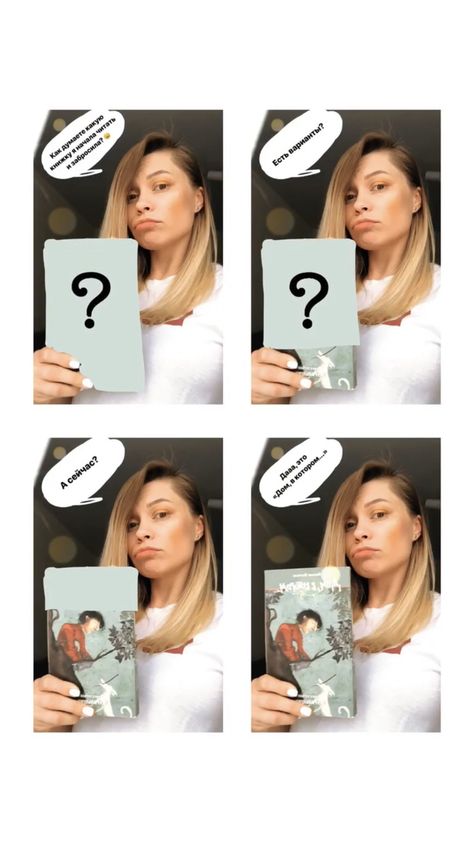
If your account is public, you will probably be surprised by the sheer number of random users who have followed you over the years without your knowledge. While reviewing my list of followers recently, I learned that a number of local businesses, some random but influential individuals, and even a few with whom I'm just not comfortable sharing my personal details of life can see any of the public stories I've posted. nine0005
Realizing this bothered me a lot, so one day I took a few minutes, went to Settings > Privacy > Story and clicked the "Hide story from" button. This feature gives you the ability to view a list of all your followers and manually select people you don't want to show your stories or live videos to.Like Close Friends, people on your "Hide story from" list won't get a notification that they've been blocked.They just won't see any future content that you post on Instagram unless it's uploaded to your main feed or you remove them from the list.0005
The process of hiding your story may take a little time depending on how many followers you have, but it's worth it in the end.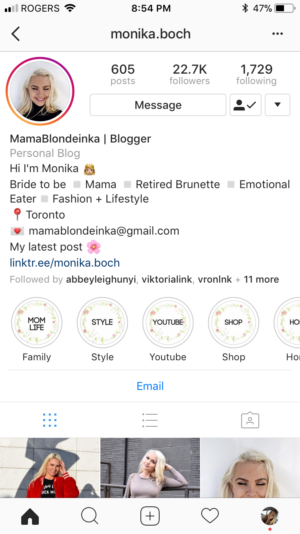 It took me about 10 minutes to thoughtfully review my list of followers, and I ended up hiding my stories from as many as 200 people. I was really relieved when I was done with this, and it's nice to know that you always have the option to hide your stories from people in the future.
It took me about 10 minutes to thoughtfully review my list of followers, and I ended up hiding my stories from as many as 200 people. I was really relieved when I was done with this, and it's nice to know that you always have the option to hide your stories from people in the future.
3. Monitor individual Instagram stories as they are posted and consider restricting accounts
If you don't want to change your entire follower list at once, you can always monitor each individual Instagram story to find unwanted "viewers" and decide how best to proceed on a case-by-case basis.
Once you see such a user in your history, click the three dots next to their name and you will be given the option to remove them as a follower, hide their history from them, limit their account, or block them all at once. nine0005
Here's what each of these Instagram settings means:
- Account Restriction allows you to restrict user interaction without blocking or unfollowing the user. This is more useful for limiting interactions with posts because those users will still be able to see your stories. However, if they try to write something, their chat will be moved to the Message Requests section instead of your regular inbox.
This is more useful for limiting interactions with posts because those users will still be able to see your stories. However, if they try to write something, their chat will be moved to the Message Requests section instead of your regular inbox.
- As mentioned above, Hiding history means that you will prevent the user from viewing photos, videos, and live videos that you post to Stories.
- Forced removal of subscriber will force someone to unfollow you without their knowledge. With this option, there is always a chance that the person will eventually realize that they are no longer following you and may try to follow you again, so you need to be on the lookout in the future.
- User lock prevents it from finding your profile, posts, or your Stories on the platform.
If you choose to restrict or block a user, they will not be warned in any way, and just like hiding stories, you can always unrestrict if you change your mind.
4. Change your "Replies and Reactions" settings
Change your "Replies and Reactions" settings
Maybe you like everyone watching your Instagram stories, but you want to prevent certain people from commenting on them. In this case, go to "Settings" > "Privacy" > "History" and find the "Allow replies and reactions" section. nine0005
Here you can select one of three reaction / response settings. You can give everyone (whether or not they follow you) the ability to reply and react to your stories, you can only allow people you follow to reply to and react to you, or you can prevent everyone from replying to or reacting to your stories .
5. Turn off the ability to share your stories on Instagram
While you're configuring the response options for your stories, why not manage sharing settings as well? One easy way to make your stories more secure is to turn off the ability to share them between followers. nine0005
By going to "Settings" > "Privacy" > "History" and then scrolling down the page, you can turn off the toggles for one or both of the following options: "Allow re-sharing stories" and "Allow posting as messages".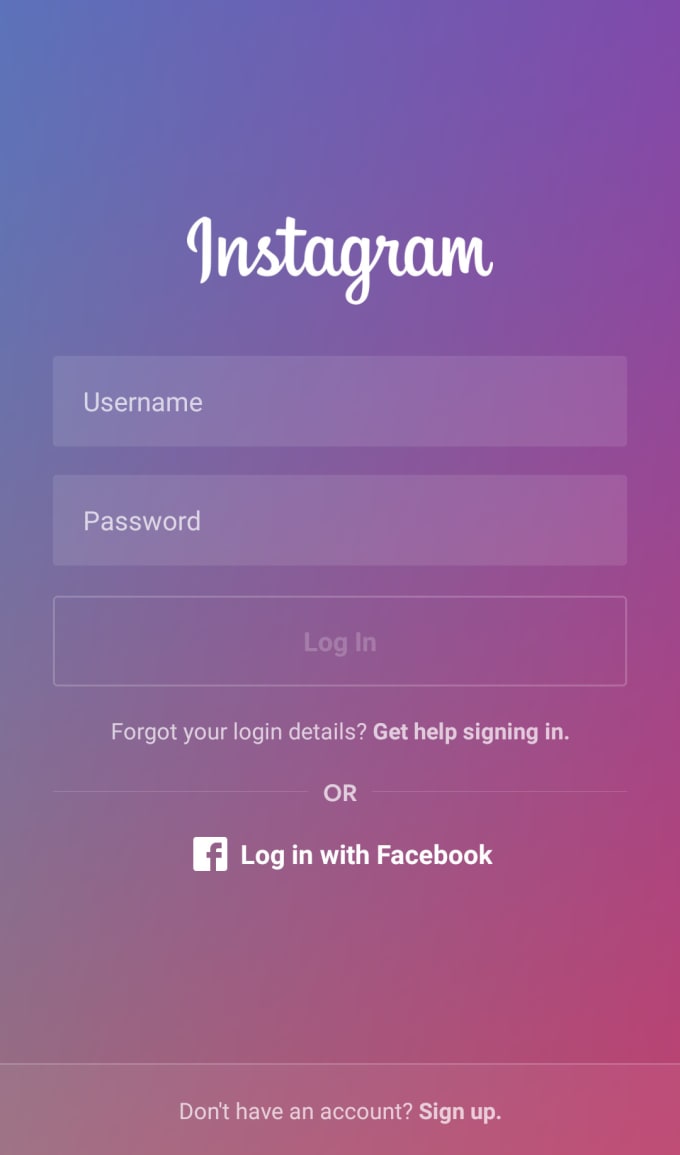
"Allow stories to be reposted" allows other people to add your posts to their stories. This means that all of their followers can see your story, your username, and easily access your account if they choose to click on your original Stories. On the other hand, "Allow sharing as messages" allows people who view your stories to share them with others, giving recipients the ability to view your story and profile. nine0005
6. Make your Instagram account private
I personally like having a public account so friends can easily share the stories they like and anyone interested in my life can learn more about me by browsing my feed . If you'd like to have a public account, but really miss any privacy settings related to Stories, then the steps above can be very helpful for you.
Well, if you're tired of fiddling with your Stories settings or want to tackle as many privacy issues as possible, you can always choose to weed out any unwanted followers and then make your entire account private to block your Stories once and for all.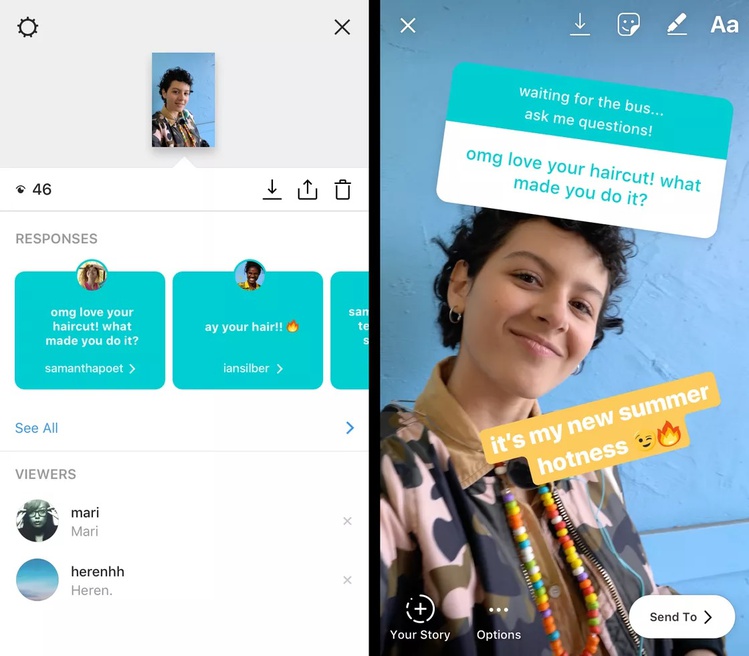 To fully protect your account, go to "Settings", click "Privacy" and move the toggle switch at the top that says "Personal Account". nine0005
To fully protect your account, go to "Settings", click "Privacy" and move the toggle switch at the top that says "Personal Account". nine0005
Instagram Story privacy settings ultimately come down to personal preference, but it's important to be fully aware of who can view and share your stories so you can make an informed decision and determine which security measures are right for you.
Successful (and safe) publications to all!
Nicole Gallucci
VIA
Visit our site ITquariat in Belarus for a new portion of interesting news! nine0005
And also subscribe and read the news from ITquariat before the rest in our Telegram channel!
Share this news with your friends!
Noticed an error? Select it with the mouse and press Ctrl+Enter!
More interesting stuff...
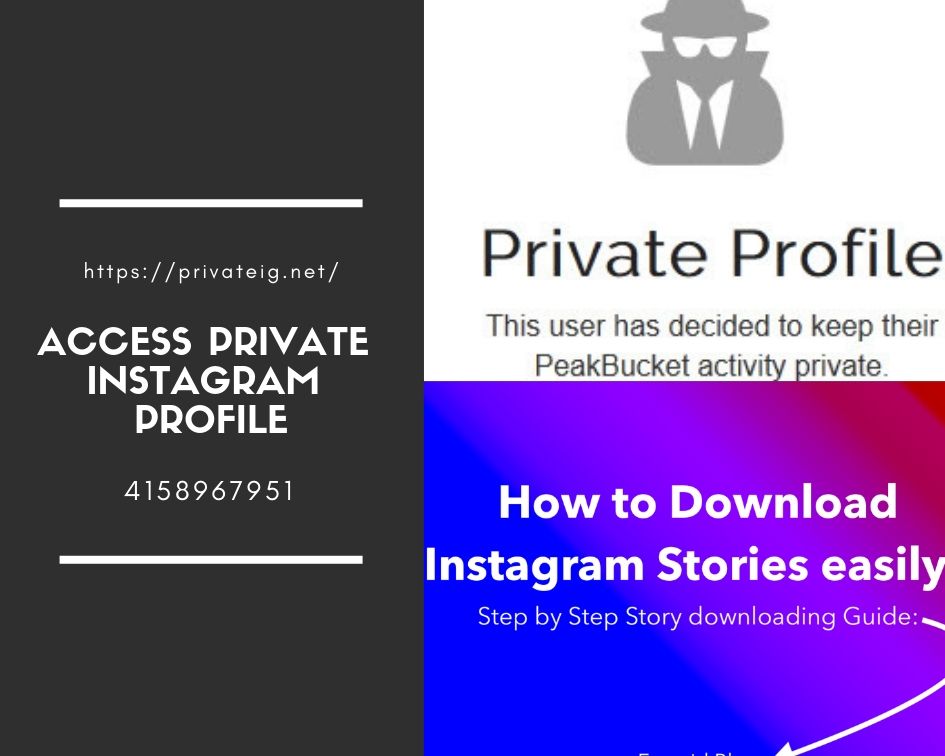 ..
.. examples and step-by-step guide, how to do it? This word is constantly heard. Sometimes it’s so much heard that it even irritates and you want to brush it off. nine0005
But don't be in a hurry! Storytelling (that's what storytelling stands for) on Instagram is a cool tool to pump up audience engagement and increase sales. This is interesting for both the narrator and the listener. And in general, few people know the art of storytelling - therefore, they simply dismiss ignorance.
In this article, we explain what storytelling is on Instagram, why it is good and how to use it correctly. We show examples of good storytelling posts and provide guidance on how to tell stories. nine0003
Content
Why storitelling on Instagram is cool
Who needs storitelling on Instagram
What is storitelling
Storitelling Rules on Instagram
How to make storitelling
10 ideas for Storetelling in Instagram
Why Instagram storytelling is cool
People love stories! It starts from childhood, when we are read bedtime stories.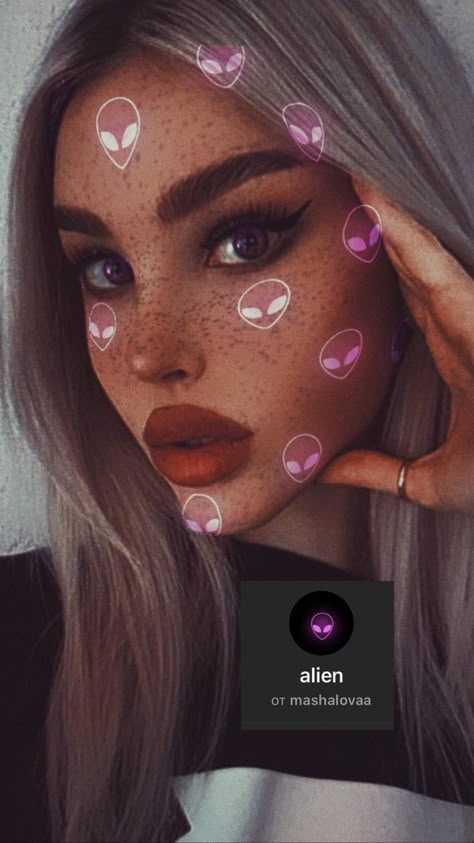 It continues at school, when we ourselves come up with essays (and not only in literature). At university and at work, we are constantly surrounded by stories - from attempts to explain why I missed class to the presentation of a project. We hear stories in public transport, in coffee shops, and read endlessly on social networks. Stories are really everywhere - even now I'm telling you a story, yes, yes. nine0005
It continues at school, when we ourselves come up with essays (and not only in literature). At university and at work, we are constantly surrounded by stories - from attempts to explain why I missed class to the presentation of a project. We hear stories in public transport, in coffee shops, and read endlessly on social networks. Stories are really everywhere - even now I'm telling you a story, yes, yes. nine0005
We love stories because we are always interested to see how they are. Compare yourself with others to envy, be inspired, or find a reason to be proud of yourself. Often this happens unconsciously.
We are used to stories because they are part of our personality. What cannot be told remains somewhere in the past and is forgotten. Stories bring experiences to life.
In addition, stories give a lot of emotions. And what is lived through strong emotions is remembered better. We learn from stories. nine0005
And Instagram stories are something that everyone understands, unlike expert analytics or instructions.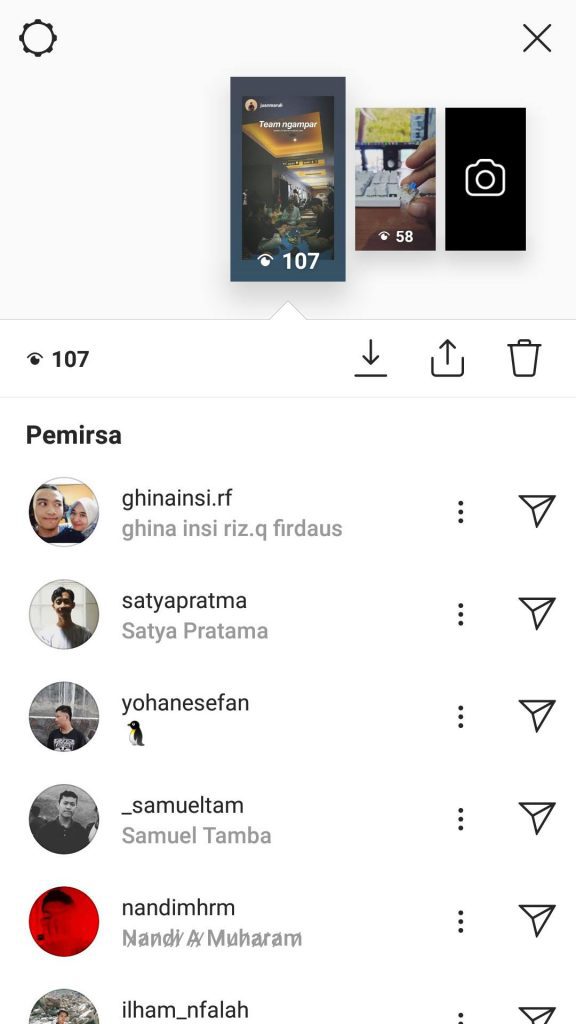 Stories are on the same wavelength with the audience - ideally, they evoke the feeling of a conversation with a best friend.
Stories are on the same wavelength with the audience - ideally, they evoke the feeling of a conversation with a best friend.
Who needs storytelling on Instagram
Actually everyone. But let's take a closer look.
Experts
It is not necessary to show your competence only through useful posts with recommendations and life hacks. Sometimes stories from practice convince much better than texts with advice. nine0005
Business
Selling through stories is no longer a dubious thing, but a careful and effective practice. Instead of talking directly about a product or service, you can turn it into an interesting story and give subscribers emotions. If you show how your product changes lives using the examples of real people, you want to believe in it much more.
Bloggers and novice bloggers
Bloggers have been using storytelling for a long time — all you have to do is read and get inspired. This allows subscribers to look into the life of an important (albeit on the Internet) person and get to know him from a new perspective. At the same time, storytelling is most often used in stories — there are never too many stories! But in posts, constant storytelling can sometimes be annoying. nine0005
At the same time, storytelling is most often used in stories — there are never too many stories! But in posts, constant storytelling can sometimes be annoying. nine0005
What is storytelling
There is no consensus on what storytelling is. In short, this is storytelling. But what is history? Someone says that it's just a couple of sentences about some case. Someone is inclined to believe that this is a classic scheme from the beginning to the end - and nothing else.
But this is not quite right. It is enough that there is a hero in the story who solves some problem. And emotions - without them, the story becomes a report on events and does not catch. Read more about other components of storytelling and how it should be on Instagram - further. nine0005
You can tell stories on Instagram in stories, videos, and posts. We will talk about storytelling in posts, because it is universal for experts, businesses, and bloggers.
Instagram storytelling rules
On the one hand, storytelling is easy. It is enough to take a character, immerse him in difficult circumstances and show how he got out of them. Well, and add emotions. Everything.
But on the other hand, storytelling is also about details. It is in them that lies what ensures the success of the story. And in storytelling for Instagram, there are even more nuances. nine0005
Here are Instagram storytelling rules that will make your story 50% successful. The remaining 50% is in the paragraph below, there will be a step-by-step guide.
Define your target audience
Imagine the life of your typical subscriber and compare it to yours. Find common points and try to put pressure on them. Points can be at the beginning of the story, and at the climax, and even at the denouement. The main thing is to make a touch with the subscriber at least somewhere.
For example, if you talk about how you took a ride on a yacht in Dubai and bought the wrong wine for atmosphere, it is unlikely to hook the audience. And if you tell how you worked in the office, but then decided to become a flight attendant and leave Dubai to work, this will hook the audience. Because it echoes with her at the starting point - office life. nine0005
However, it is not necessary to make a success story. Even if you tell how you went to a restaurant in Dubai and splattered your dress in front of a handsome man at the next table, it will hit the mark. Because, if not Dubai, then a spoiled dress may well "happen" in the life of a subscriber.
A good story is one that could have happened in whole or in part in the subscriber's life.
Engage with a kick
Engage from the first lines, as if you were entering a room with music and shining clothes. A person must highlight your post from an endless feed, in which there are so many interesting things. You hook right away or don't hook at all. nine0005
You hook right away or don't hook at all. nine0005
This doesn't mean every story needs to be clickbaited hard. There is no need to put a hundred exclamation marks, write in obscene language or immediately give out intrigue. It is enough to immediately create the right mood.
But sometimes you can clickbait - it's not forbidden. Especially if the story itself is emotionally charged.
Think visually
Sometimes the first words draw such pictures that no pictures are needed. And yet remember that Instagram is a visual social network. At first, in any case, people look at the photo, so it would be good to hook them too. nine0005
It is important to strike a balance here. No need to post a photo in a bikini and write "How I first got into cupcake." This is a bad form and it is better not to get carried away, so as not to create the image of a “baiter” of emotions and money from the audience.
Harmonize. Flashy picture + not so flashy start. Or, on the contrary, an eloquent beginning + a calm picture.
Or, on the contrary, an eloquent beginning + a calm picture.
Ideally, if the photo shows you in the circumstances of the story you are telling. Frames with the result, quotes from history, photos of details work well. And, of course, photos with sincere emotions are great. nine0003
Don't be too serious
Do not write in a dry tone, as if you are retelling a dull paragraph at the blackboard. This basically applies to posts for Instagram, but storytelling especially. Even if you are a big company. Show that you are also a “person” and a friend of your audience. Your authority will not suffer from storytelling - on the contrary, you will become closer to people.
Write in a lively, even colloquial language. Put dialogues in the body of the story, dilute them with strong words, as if diluted in life. Exclaim! Cry! Shout! Write with humor if the topic allows it. nine0005
You can even make mistakes, can you imagine? Making a typo in a word or missing a comma is not a big deal for storytelling. The more confusion, the more a person is immersed in history. At the same time, it is still important to observe the order of the narrative - about it in the paragraph about the step-by-step guide.
The more confusion, the more a person is immersed in history. At the same time, it is still important to observe the order of the narrative - about it in the paragraph about the step-by-step guide.
Turn off your head to some extent — let your feelings speak for you.
Make the hero not perfect
The hero is the first part of the foundation of the story. There may be several heroes. The hero may not be you, your friends, subscribers or employees. nine0005
In all cases it is important to make the hero not perfect. Let him make mistakes, have nasty traits of character and do stupid things.
The audience does not believe only in black or white. Every bad character has positive traits. Every good thing has its flaws. Show them too. Blind from them in the complex the character of the hero.
Speaking of character. He is not in the description, but in the actions. Not in adjectives, but in verbs.
Create conflict
The second part of the story's foundation is conflict. That is the problem that the hero faces. It is on this solution to the problem that the whole plot is usually built.
That is the problem that the hero faces. It is on this solution to the problem that the whole plot is usually built.
The problem can be global like a fire, it can be everyday like being late for the train. The main thing is that it should be, intersect with the life of the audience and capture.
Change the hero
The hero should come out of the story a little different than before. Otherwise, the story makes no sense.
You can show this "other" through new character traits, thoughts, decisions, conclusions, strong unexpected emotions. The main thing is to convince that history has not passed without a trace, that it has left something behind.
Intrigue
Try to keep the intrigue until the very end, or at least not reveal it in the first seconds. Predictable stories are not fun to read.
Structure like a god
A solid piece of text in 2000 characters can be read if the story is too extraordinary. Therefore, in order for the post to hold attention, structure it. Make paragraphs. Highlight the strongest moments in separate lines. Load the text into the carousel if there is not enough space, and don't forget about the structure there. nine0003
Therefore, in order for the post to hold attention, structure it. Make paragraphs. Highlight the strongest moments in separate lines. Load the text into the carousel if there is not enough space, and don't forget about the structure there. nine0003
Ask for experiences
At the end of a story, don't forget to ask people to share their feelings about what they've read or about similar stories. While storytelling usually generates a lot of response, these questions can help those who didn't know how to phrase it speak out.
How to do storytelling on Instagram: a step by step guide
The secret to good storytelling is sincerity, that is, the story must actually happen. So both emotions and catchy details will appear. nine0005
Here's what you need to consider and articulate to make storytelling strong.
1. Purpose of the story
What do you want it to achieve? Make the reader empathize? Inspire? Unobtrusively sell your product? Show part of your life and take sincerity?
2.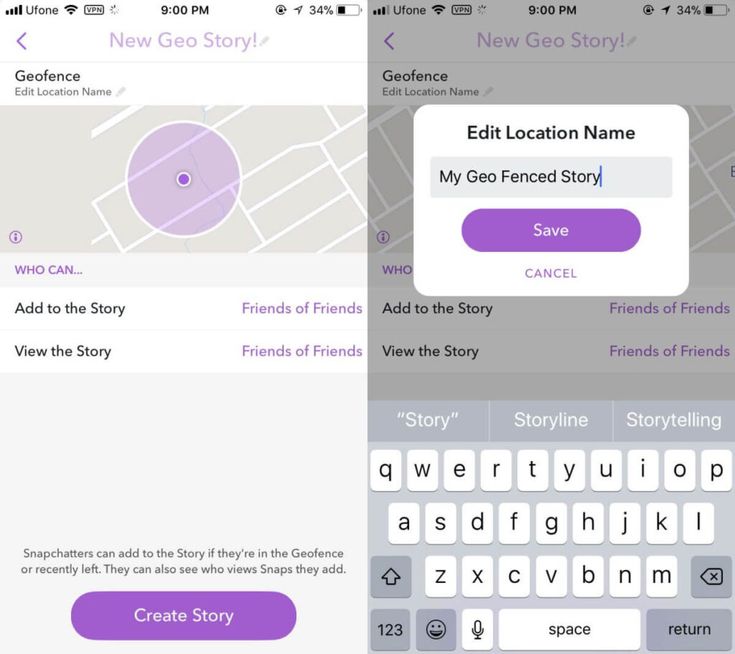 The Hero and Conflict
The Hero and Conflict
The hero can be you or anyone you want to talk about. Conflict is the problem that the hero will face in the story.
3. Exposition
This is an introduction to the environment in which everything happened. For example, a description of the city, people, weather.
I will remember that working day for a long time. It started as usual: I opened my laptop, entered the program and started making a layout for the customer.
4. Set-up
This is the moment from which the main action began. Trigger.
About an hour later, I decided to take a walk to my colleague in the next office to get distracted. We chatted a bit, I even got inspired! I went back to my room, but I'd rather not do that. nine0526
5. Development
This is a description of the main action. Here begins the disclosure of the conflict - the hero is faced with a problem and tries to solve it.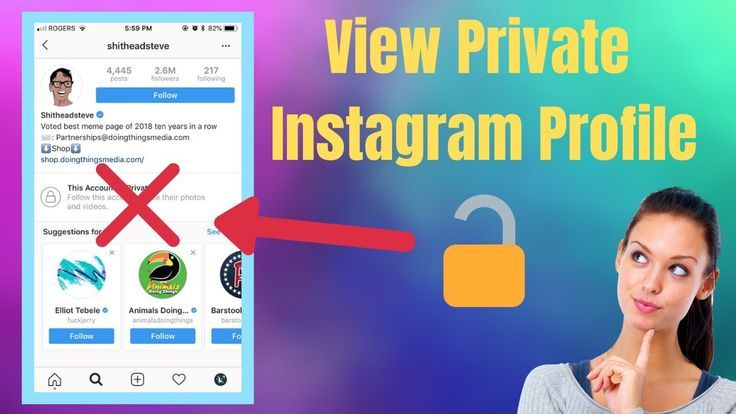 It is important - he does not solve, but tries.
It is important - he does not solve, but tries.
I opened the door and saw a fat cat on my keyboard - he was sitting with his back. It immediately hurt, because, it seems, I didn’t have time to press save, and today is the deadline. God.
I tried to carefully sneak up, but stumbled behind a chair and what do you think! I hit the cat exactly - how vilely I yelled - and then flew into the table. nine0526
With difficulty, I got up, rubbed my shoulder, and the cat galloped off to the corner of the office. I thought that was all.
6. Climax
This is the most tense point in the plot, in which the maximum intensity of emotions reigns. Last straw.
But then the cat somehow strangely shrank. I felt unwell - just not what I think, just not that.
And he jumped! Right on the vase that stood on the window. Shards, water, hydrangeas - all this flew into my poor laptop. My eyes darkened. I didn't know where to run - to take revenge on the cat or save the laptop. nine0526
My eyes darkened. I didn't know where to run - to take revenge on the cat or save the laptop. nine0526
7. Interchange
This is a solution to the problem. Here it becomes clear how the hero got out of the conflict.
I frantically rushed to the laptop and started shaking it like it was the last time. At that moment, the cat jumped out the window. Now it is clear how this woolly fool ended up in the office. Oh this first floor! I turned off the laptop and started trying to dry it with what was at hand. She burst into tears.
8. Epilogue
It's like an exposition, only after the story and with a conclusion. The epilogue shows how the hero has changed since the story. nine0005
As a result, it turned out like this: I did not submit the project on time. I had to pay for the vase - no laptop, they forgave him because he was already old. But I overstressed considerably and then my shoulder hurt for a long time.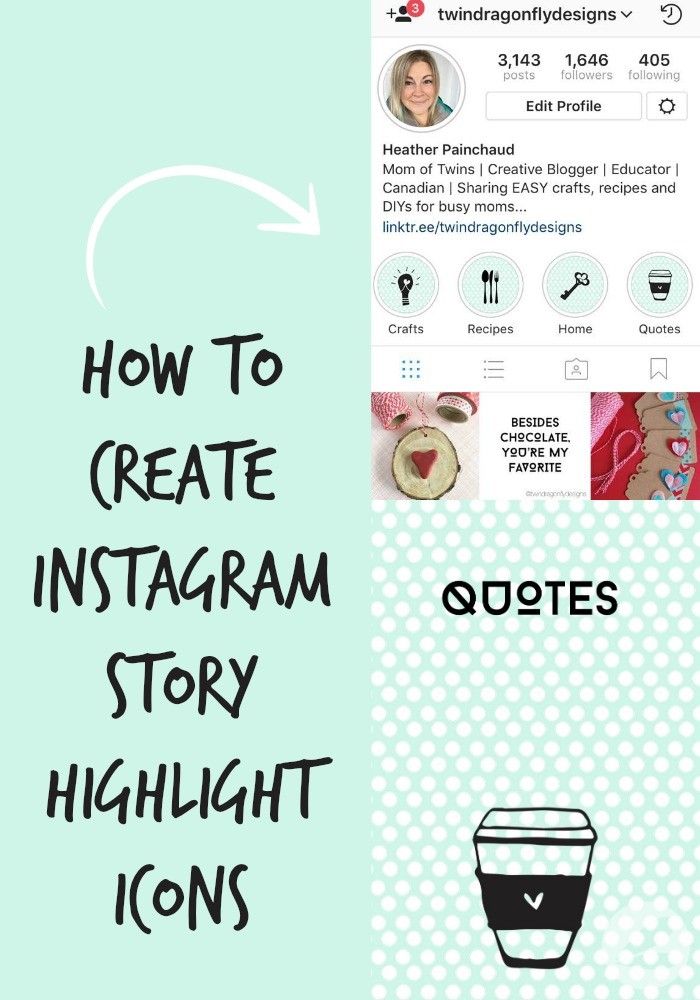
Since then, I always close the windows when I leave. Few people can jump.
Some of these items can be omitted. But the goal, the hero, the conflict, the plot, the climax and the denouement must always be.
Even more life hacks on how to create stories, make the audience fall in love with them and sell through them - in the master class on storytelling from Snezhana Ivanova. Snezhana is not only a blogger and entrepreneur, by the way, she is also the founder of Praktika.school! In the master class, Snezhana teaches how to build stories and use them in social networks, in speeches and presentations - it's really exciting. nine0005
10 ideas for storytelling on Instagram
Here are some examples of storytelling on Instagram. This is only a part of all possible formats. Get inspired!
Perhaps a classic of storytelling. The plot is based on how the hero came from the starting point to the point at which you recognized him. In other words, how did he succeed. Quite blurry, but always relevant.
In other words, how did he succeed. Quite blurry, but always relevant.
Product
Refers to sales stories. Take a product or service and weave it into a story. Show how the product once changed your life. Tell us about how the product was created. This will let the audience know that the product works with a real example. nine0003
Followers
Take the stories of people who write to you in direct or tag your company. Or write stories based on their comments. It always comes in because it shows the audience that their opinion is valuable.
Funny stories or stories in which jokes are harmoniously intertwined are always welcome. Even if you are a company or an expert. Of course, you should not sprinkle jokes if before that they were not at all in your content. Get into the subject gradually.
Good
Not only stories about overcoming, about some difficult or ridiculous situations, work. It also works where everything is fine, but it gets even better.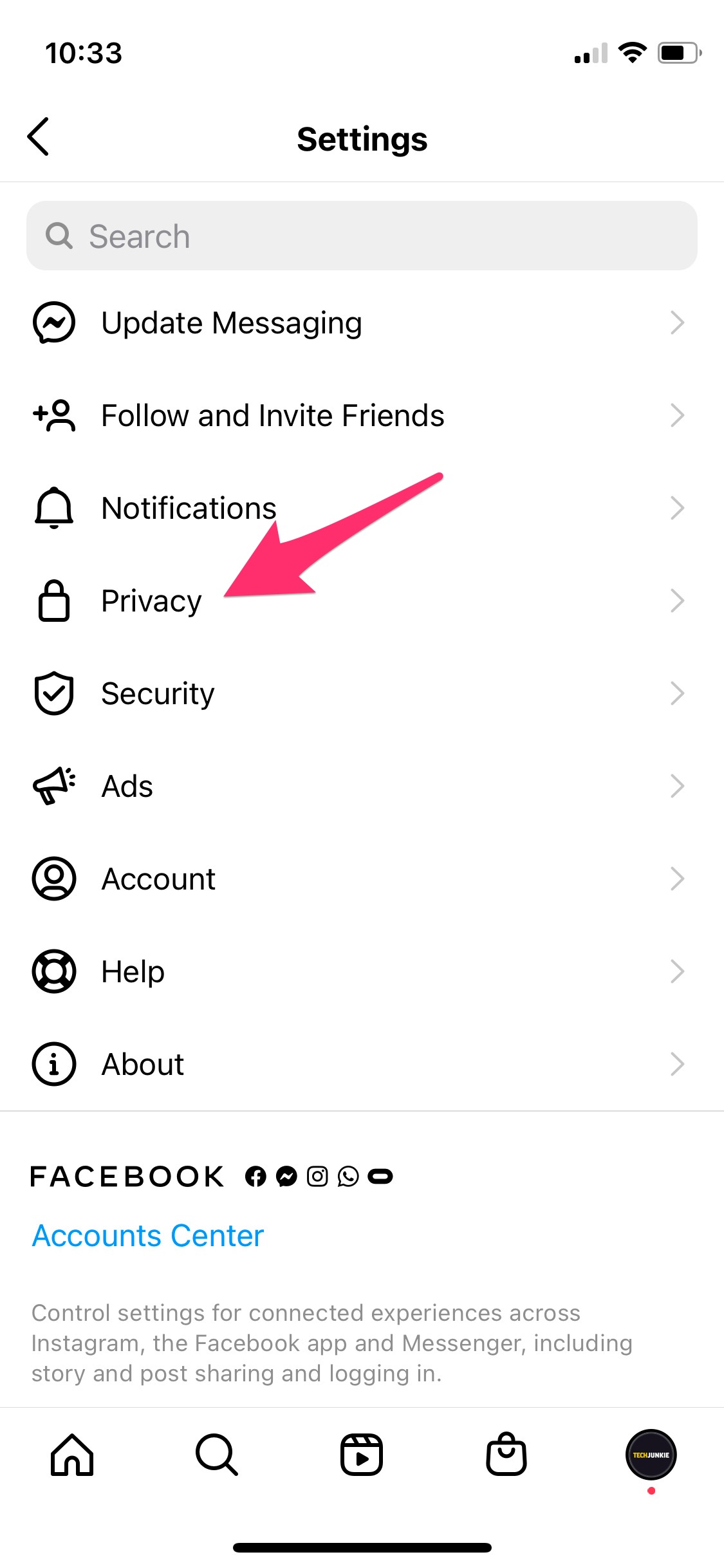 For example, a wealthy person starts investing and becomes richer. It's inspiring.
For example, a wealthy person starts investing and becomes richer. It's inspiring.
Shameful
This format is more suitable for bloggers who are already "bros" to their audience. You can talk about what, it would seem, you cannot tell in your right mind. Stories from the past where there was a major shame or for which you are especially ashamed. This brings you even closer to the audience. nine0003
Stories from your life that reveal different traits of your character work great for trust. People get to know you from a new side, they want more.
People only know you as you are today. You can be very different from yourself 5 years ago, as a teenager or as a child. Tell us how you were and what you did, show photos of those years - people are always curious to look into someone else's photo album.
At the same time, it's good if you in the past will be very different from your present self - this is surprising. And it’s good if you don’t differ much - this shows that you have remained true to yourself. Win-win in any case. nine0003
Win-win in any case. nine0003
Behind the scenes
Sometimes you can show things on your blog that you don't normally show. How do you communicate with loved ones? What interesting people are in your life? What are your weird habits? How does all this affect your personality? But here it is important not to go too far so that the boundaries between personal and Instagram are not blurred.
The same goes for business - you can tell something unusual about the wrong side of the work.
Psychological
Here we can talk about something that is not easy to share. Talk about moments that have had a special impact on your personality. About difficult decisions, about shocks, about partings, about failures at work, about a lack of resources. But this requires strength and readiness for a possible negative response. But if you decide, you can become several times closer to the audience and get a lot of support. nine0003
Stories are forever
Storytelling on Instagram is unlikely to ever lose its relevance.

